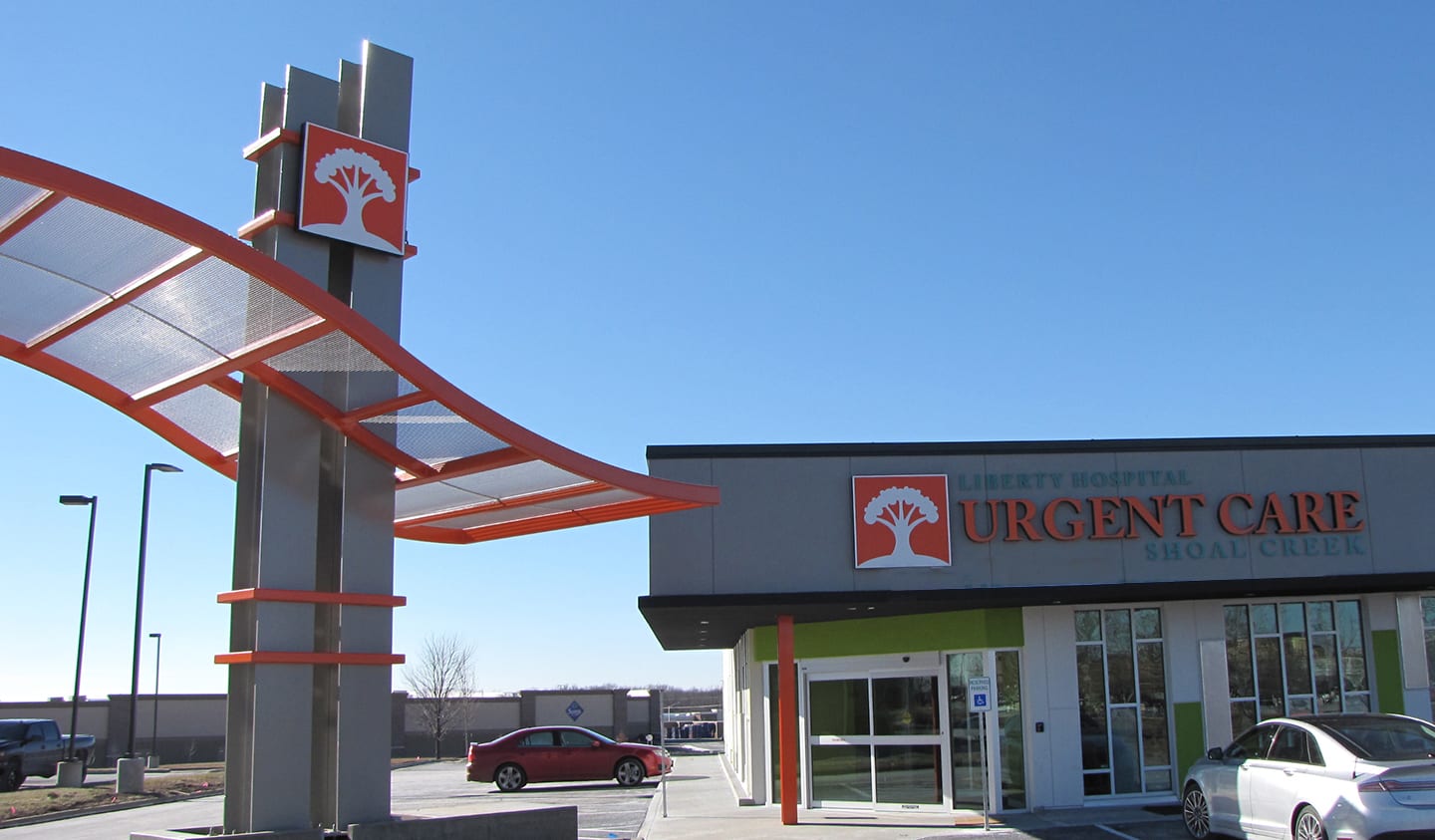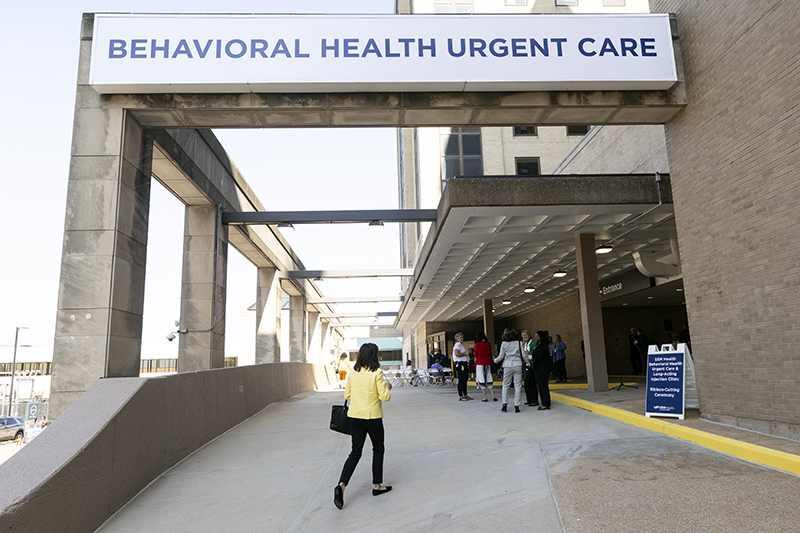The Relevance of Urgent Care Centers in Bridging the Gap Between Health Care and Emergency Solutions
Immediate treatment centers have emerged as a vital component of the healthcare landscape, effectively addressing the vital need for prompt medical attention without considering emergency services. By supplying care for non-life-threatening problems, these facilities help to relieve the worry on emergency clinic and boost client accessibility to timely therapy. Their extended hours and diverse services deal with an expanding population looking for options to standard health care. The progressing duty of urgent care facilities increases vital concerns concerning their integration within the wider medical care system and the ramifications for patient results and source allowance.
Summary of Urgent Care Centers
Immediate care facilities have come to be a crucial element of the healthcare shipment system, providing available medical solutions for non-life-threatening problems. These centers generally operate outdoors conventional office hours, offering patients an option to emergency situation rooms and medical care setups. People seeking immediate care often present with issues such as minor injuries, infections, or illnesses that need prompt focus yet do not posture an instant threat to life or arm or leg.
Urgent care facilities are staffed by a variety of medical care professionals, consisting of doctors, registered nurse specialists, and doctor aides, who are geared up to detect and deal with various clinical concerns. They commonly include analysis devices such as X-ray machines and laboratory services, enabling them to offer thorough treatment on-site.
The facility of urgent care centers has actually been affected by the boosting demand for timely medical services in a fast-paced culture, where clients might battle to protect consultations with medical care service providers. Consequently, these facilities intend to minimize congestion in emergency situation divisions, improving overall health care efficiency. In addition, immediate treatment centers commonly function as a bridge in between medical care and emergency solutions, guaranteeing that clients obtain appropriate care tailored to their certain medical needs.

Benefits of Urgent Care Solutions
Accessing timely healthcare is a considerable advantage of urgent care solutions. These centers offer instant focus for non-life-threatening problems, efficiently decreasing wait times compared to conventional emergency situation departments. Clients looking for treatment for minor injuries, health problems, or urgent health and wellness worries can get therapy without the lengthy delays often linked with healthcare facility visits.
Another secret advantage is the extensive hours of procedure. Many urgent care facilities are open evenings and weekend breaks, fitting people who might not have the ability to visit their medical care supplier during common office hours. This adaptability makes urgent treatment an easily accessible alternative for those with hectic routines or abrupt health concerns.
Furthermore, urgent treatment centers commonly use a vast range of solutions, including analysis screening, X-rays, and basic lab solutions. This detailed technique enables quick diagnosis and treatment, enhancing individual contentment.
Additionally, urgent treatment centers are commonly extra economical than emergency areas, making them an appealing alternative for individuals without insurance policy or those with high-deductible strategies. In general, immediate treatment services play a critical function in offering obtainable, prompt, and cost effective healthcare.
Contrast With Health Care
Commonly, individuals typically weigh their options in between immediate care centers and health care service providers when seeking clinical attention. Both serve necessary roles in the medical care system, yet they differ dramatically in expense, extent, and access.
Health care suppliers are typically the initial point of call for patients, concentrating on lasting wellness monitoring, preventive treatment, and persistent disease monitoring. They use connection of treatment, fostering a patient-provider relationship that permits thorough wellness analyses and tailored therapy plans. Nonetheless, arranging a consultation can be taxing, typically needing days or weeks beforehand.
On the other hand, urgent care centers offer immediate take care of non-life-threatening problems that require prompt focus, such as minor injuries or infections. These facilities frequently run beyond conventional office hours, accommodating patients that might not be able to visit their primary care company during routine service times. Furthermore, urgent care is typically much more affordable than emergency clinic sees, making it an attractive alternative for those with limited healthcare accessibility.
Ultimately, while immediate care facilities and medical care suppliers both contribute to person health, they accommodate distinct needs, making it essential for individuals to determine which choice best straightens with their scenarios.
Emergency Situation Services Communication
The communication between urgent treatment facilities and emergency situation services is a crucial element of the health care landscape, especially when individuals deal with scenarios that might intensify in intensity. Immediate care centers work as a bridge between health care and emergency situation departments, resolving non-life-threatening problems that call for instant focus. This collaboration boosts client outcomes and optimizes resource allocation within the health care system.
When individuals provide with immediate yet not lethal problems, urgent care centers can successfully manage their demands, easing congestion in emergency situation spaces. When a client's problem goes beyond the extent of urgent care therapy, Facilities geared up with diagnostic capacities can assist in prompt recommendations to emergency situation solutions. This seamless communication aids ensure that patients get the imp source appropriate level of care without unnecessary hold-ups.
Moreover, efficient interaction in between immediate treatment providers and emergency services is important. Sharing client details and therapy backgrounds cultivates coordinated care, minimizing the danger of repetitive tests and procedures. As medical care proceeds to evolve, the dynamic connection between urgent treatment facilities and emergency services will play a crucial function in improving client treatment performance, fulfillment, and overall health outcomes within the area.
Future of Urgent Care Facilities
As health care needs progress, the future of urgent care centers is positioned to become increasingly integral to the general medical community (Urgent Care). These centers are likely to expand their functions by incorporating sophisticated modern technologies, such as telemedicine, expert system, and digital wellness document combination. This will enhance client access and simplify care coordination in between urgent treatment, health care, and emergency services
In addition, urgent care facilities are expected to expand their service offerings to include precautionary care and chronic condition management. This change will place them as crucial components in managing population wellness, lowering the worry on emergency departments, and dealing with voids in main care availability.
The growing trend of value-based care will further speed up the improvement of urgent treatment centers, motivating them to concentrate on patient outcomes and fulfillment. Facilities might also take on joint practice versions, working closely with specialists and health care carriers to make sure detailed individual management.
Final Thought
To conclude, immediate treatment facilities offer a vital feature in the health care system by supplying immediate accessibility to therapy for non-life-threatening problems, efficiently relieving pressure on emergency situation solutions. Their expanded hours and diverse array of solutions improve person convenience and contentment, while additionally making sure ideal care shipment. As health care requires proceed to advance, the function of immediate care facilities will likely become progressively substantial, additional connecting the gap between health care and emergency situation services.
The establishment of urgent treatment centers has been influenced by the boosting demand for timely medical solutions in a fast-paced society, where patients may have a hard time to secure visits with key treatment carriers. Additionally, immediate care facilities commonly offer as a bridge between main care and emergency situation services, guaranteeing that individuals receive proper care tailored to their specific clinical requirements.
Lots of immediate treatment centers are open nights and weekends, accommodating people who may not be able to visit their main care supplier during common workplace hours (Urgent Care). As visit this web-site health care proceeds to advance, the dynamic partnership between urgent treatment centers and emergency services will certainly play a crucial duty in improving person care performance, complete satisfaction, and total wellness outcomes within the neighborhood

Comments on “Locating one of the most Effective Clinic for Your Urgent Care Demands”